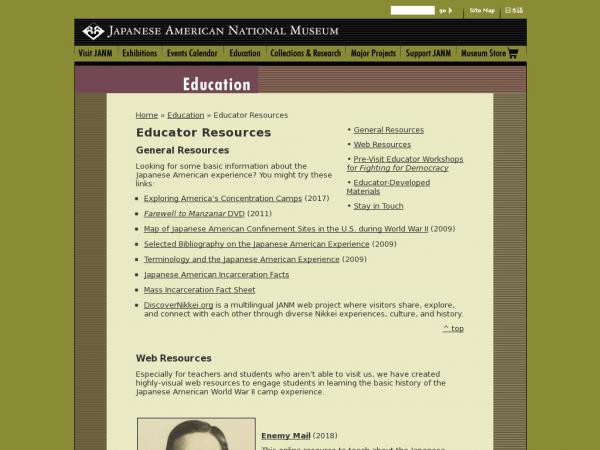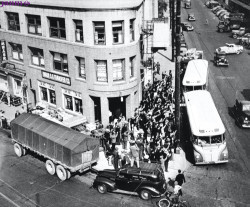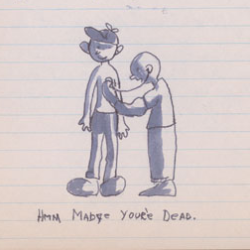Japanese American National Museum
The mission of the Japanese American National Museum is to promote understanding and appreciation of America’s ethnic and cultural diversity by sharing the Japanese American experience.
As the national repository of Japanese American history, JANM creates groundbreaking historical and arts exhibitions, educational public programs, award-winning documentaries, and innovative curriculum that illuminate the stories and the rich cultural heritage of people of Japanese ancestry in the United States. JANM also speaks out when diversity, individual dignity and social justice are undermined, vigilantly sharing the hard-fought lessons accrued from this history. Its underlying purpose is to transform lives, create a more just America and, ultimately, a better world.
Japanese American National Museum's collections
Japanese American Incarceration - Focus on the Temporary Detention Centers
 Japanese American National Museum
Japanese American National Museum
All That We Carry With Us: The Sakamoto-Sasano Collection
 Japanese American National Museum
Japanese American National Museum
Documenting History: Photography and Japanese American Incarceration During WWII
 Japanese American National Museum
Japanese American National Museum
American Teen: Experiencing America's Concentration Camps Through the Lens of a Teenager
 Japanese American National Museum
Japanese American National Museum







